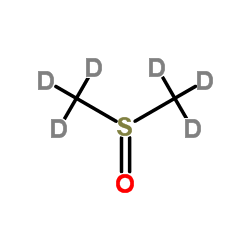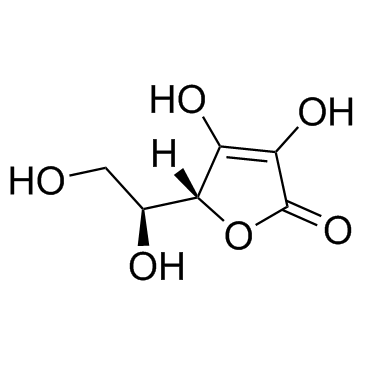| Structure | Name/CAS No. | Articles |
|---|---|---|
 |
DIMETHYL SULFOXIDE-D6
CAS:2206-27-1 |
|
 |
Acetonitrile
CAS:75-05-8 |
|
 |
Methanol
CAS:67-56-1 |
|
 |
Ascorbic acid
CAS:50-81-7 |
|
 |
Dimethyl sulfoxide
CAS:67-68-5 |
|
 |
aminophenol
CAS:95-55-6 |
|
 |
trisodium phosphate
CAS:7601-54-9 |
|
 |
8-Octanoyloxypyrene-1,3,6-trisulfonic acid trisodium salt
CAS:115787-84-3 |